In this article, we’ll walk you through what FTP is, how to improve it, and go over the data to help you understand what a good FTP is.
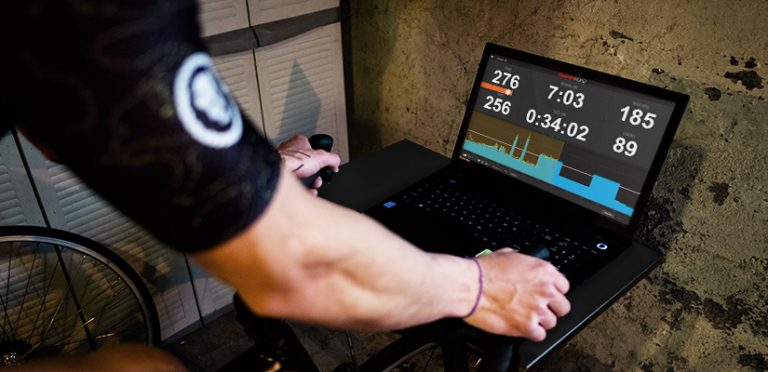

In this article, we’ll walk you through what FTP is, how to improve it, and go over the data to help you understand what a good FTP is.
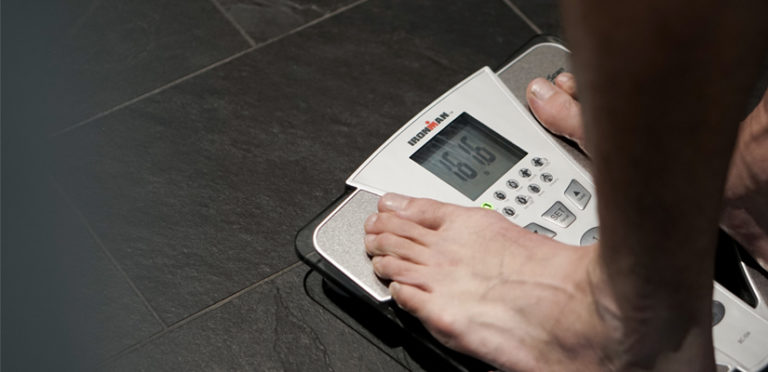
Overall weight doesn’t tell the whole story for endurance athletes. Understanding Body Composition and its impact on performance is an important step in optimizing your training and racing. For more on Body Composition and other topics check out Ask a Cycling Coach Ep 231 What is Body Composition? Body composition is the proportion of fat…
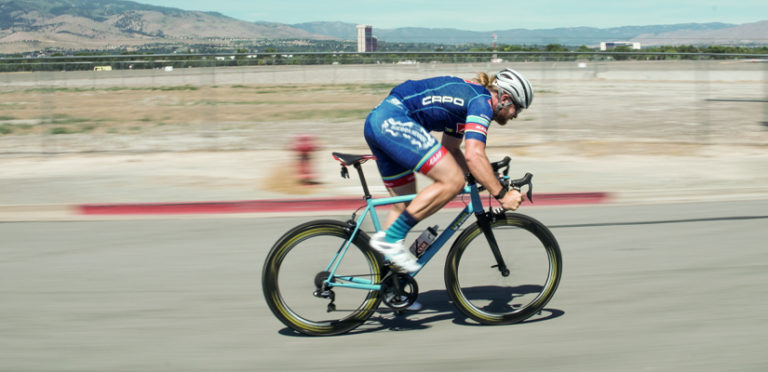
The psychological and physical benefits of openers, what role pain tolerance plays in performance, how to increase confidence and speed in descents, plus your live questions will all be covered in Episode 211 of the Ask a Cycling Coach Podcast.
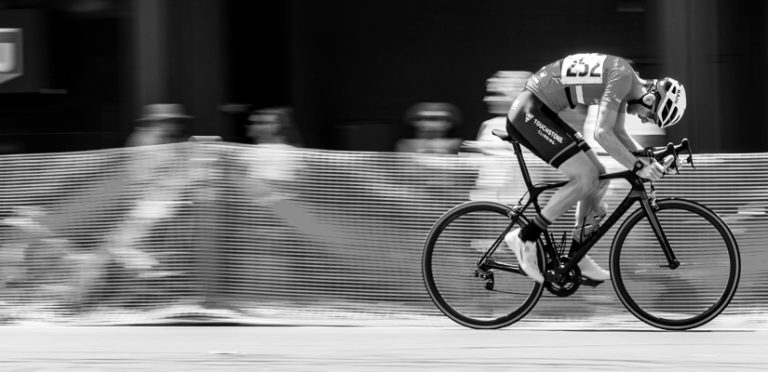
Join us live for a discussion on whether intermittent fasting is good for endurance training, how to use lab test data to improve performance, why Sweetspot training is so hard and much more. Episode 194 is live this Thursday at 8:00am Pacific! More show notes and discussion in the TrainerRoad Forum. Topics covered in this…
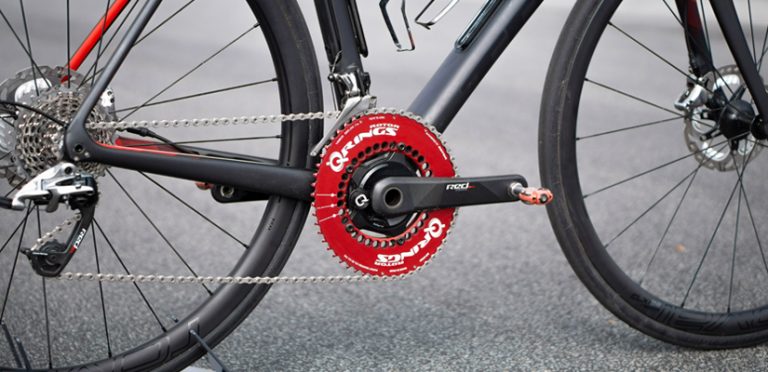
Do oval rings affect power data, when fasted training actually effective, how to stop cramps and more in Episode 157 of the Ask a Cycling Coach Podcast. Topics covered in this episode Ask a Cycling Coach Podcast Facebook Group Carson City Off-Road Live Podcast What we noticed at the Queen Stage of the Tour of…
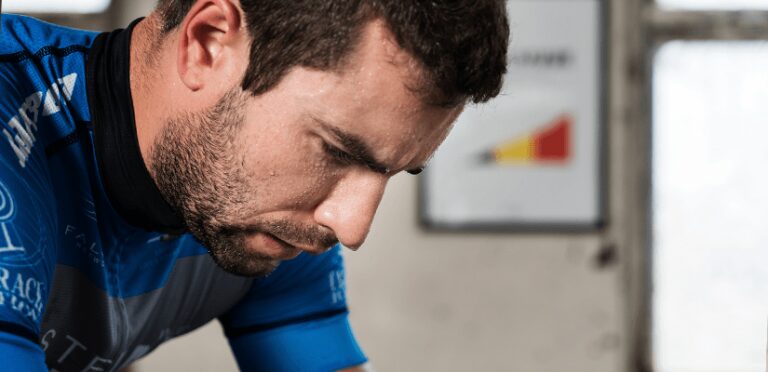
Answer: Divide the amount of kJs by 4.184 then divide by .25. Calories burned cycling are dependent on your Gross Metabolic Efficiency, but for most people, it’s between 20-25%. That means for every Calorie you burn produces around 1.045 kilojoules. For practical reasons, most cyclists approximate 1 kJ is equal to 1 Calorie. In…